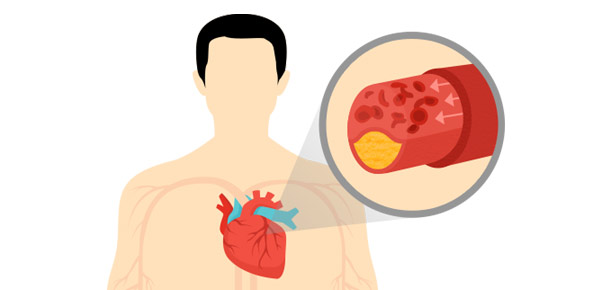CV Quiz 1 For NURS 160
- AACN
- NCLEX
2.
You may optionally provide this to label your report, leaderboard, or certificate.
×
Thank you for your feedback!
















